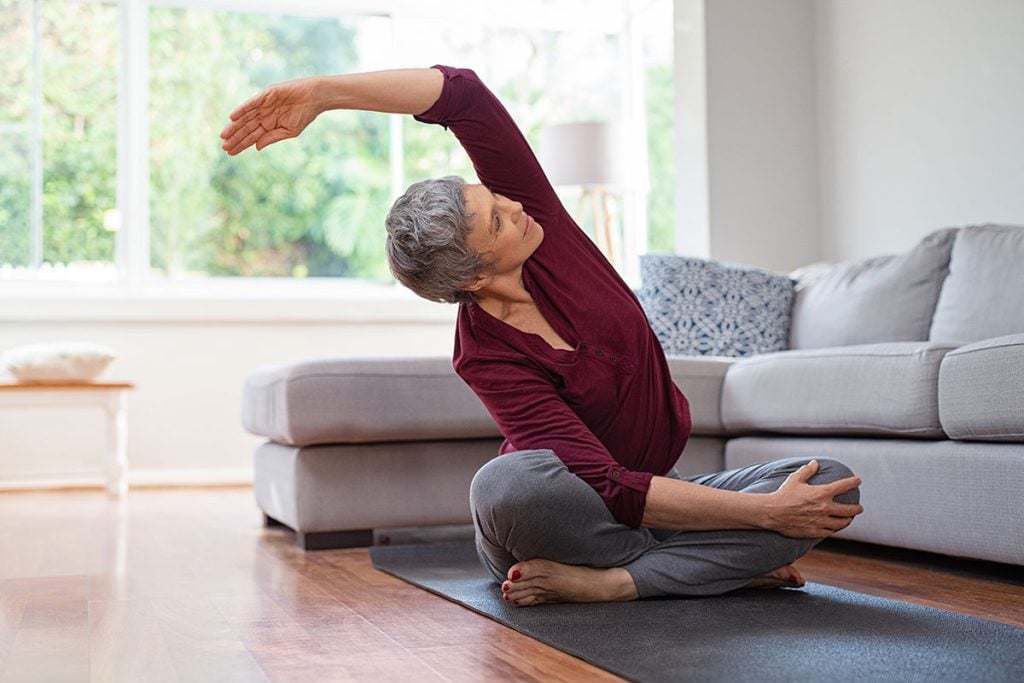
Maintaining an active lifestyle can become increasingly challenging as we age, underscoring its importance. Your balance is one overlooked key factor that can either support or hinder this goal.
Understanding Balance: The Art of Stability and Harmony
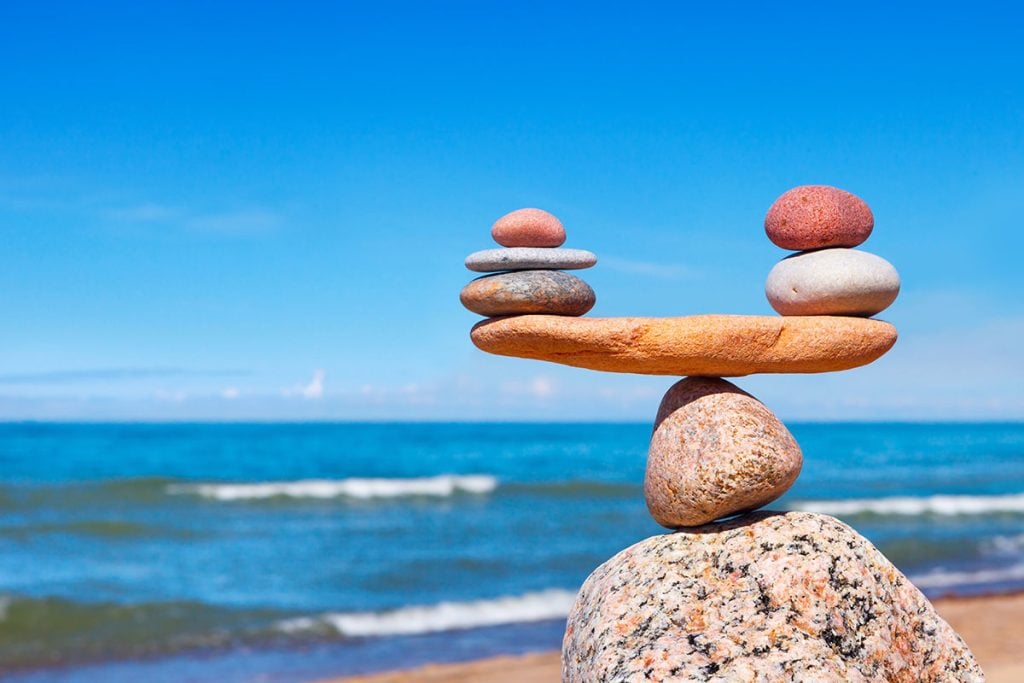
Physically, balance is the ability to distribute your body weight evenly, ensuring that you can hold yourself upright without swaying or toppling over. Balance is a physical act and the art of maintaining stability and harmony within your body. The seamless coordination between your muscles, senses, and mind allows you to stand tall, walk confidently, and move gracefully.
Sensory perception, including vision, hearing, and body awareness, plays a vital role in balance. Your brain processes these inputs, helping you to adjust your movements and respond to environmental changes. The strength in your core muscles acts as the anchor, keeping you steady as you navigate the world around you.
Numerous factors have the potential to lead to a reduction in your balance. Leading a sedentary lifestyle can result in muscle atrophy and reduced coordination, increasing the risk of falls. Additionally, natural muscle loss, known as sarcopenia, occurs as we age, impacting our ability to support our body weight and stay stable.
Changes in sensory perception, including vision, hearing, and body awareness (proprioception), can hinder your ability to adapt to your surroundings. It’s essential to be aware that certain medications can cause dizziness or affect your sense of balance, highlighting the importance of understanding potential side effects.
Finally, chronic conditions like osteoarthritis, neuropathy, and vestibular disorders can significantly affect your balance, emphasizing the need to address this critical aspect of well-being as we age.
The encouraging news is that you can enhance and sustain your balance with a dedicated emphasis on strengthening your core.
Understanding the Core’s Role in Balance
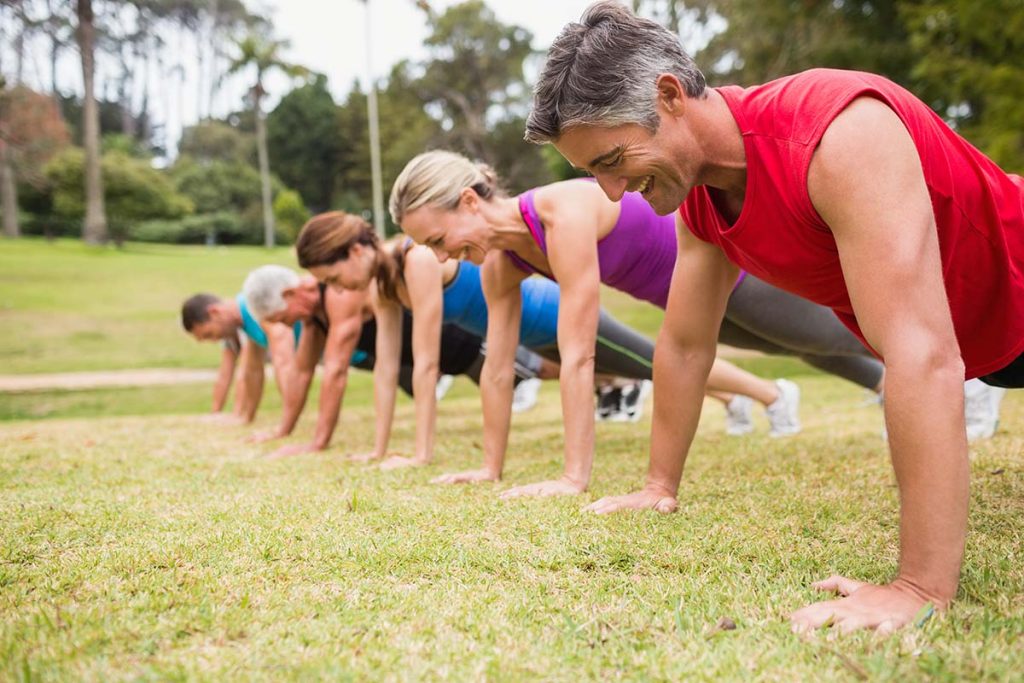
Your body’s core encompasses a complex network of muscles, including the abdominal muscles (like the rectus abdominis and obliques) and the lower back, hips, and pelvis muscles. These muscles work together to provide stability and support to the spine and pelvis, allowing us to stand, walk, and engage in various activities with control and grace. Here’s why a strong core is crucial for maintaining balance as you age:
1. Postural Support
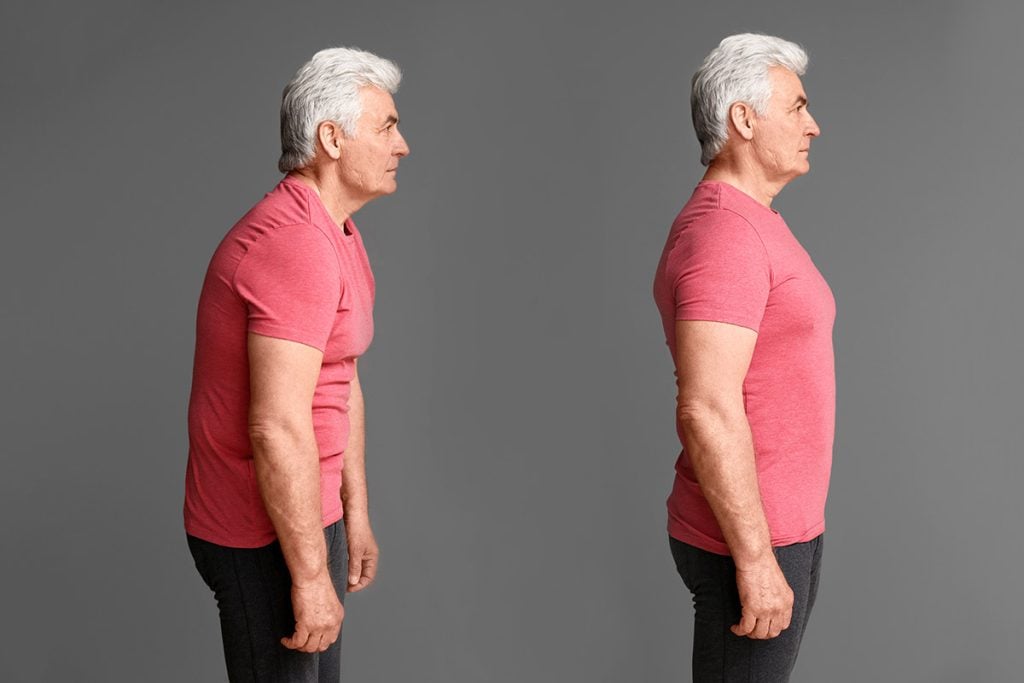
A strong core helps you maintain an upright posture, reducing the risk of falls and promoting proper spinal alignment.
2. Stability During Movement

Your core stabilizes your spine and pelvis during movement, ensuring you can walk, bend, and reach with confidence.
3. Fall Prevention

A strong core gives you better control over your body, making it easier to recover from trips or stumbles and decreasing the likelihood of falls.
Now that we’ve established the importance of core strength for balance let’s explore practical ways to strengthen your core safely.
5 Effective and Low-Risk Core-Strengthening Exercises
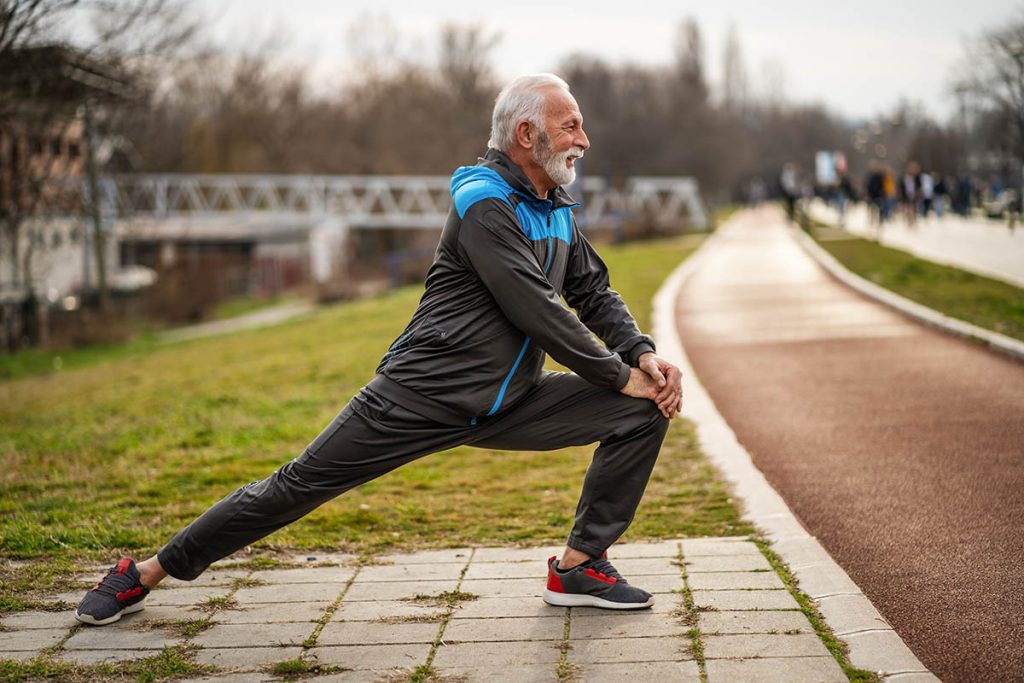
1. Seated Knee Extensions
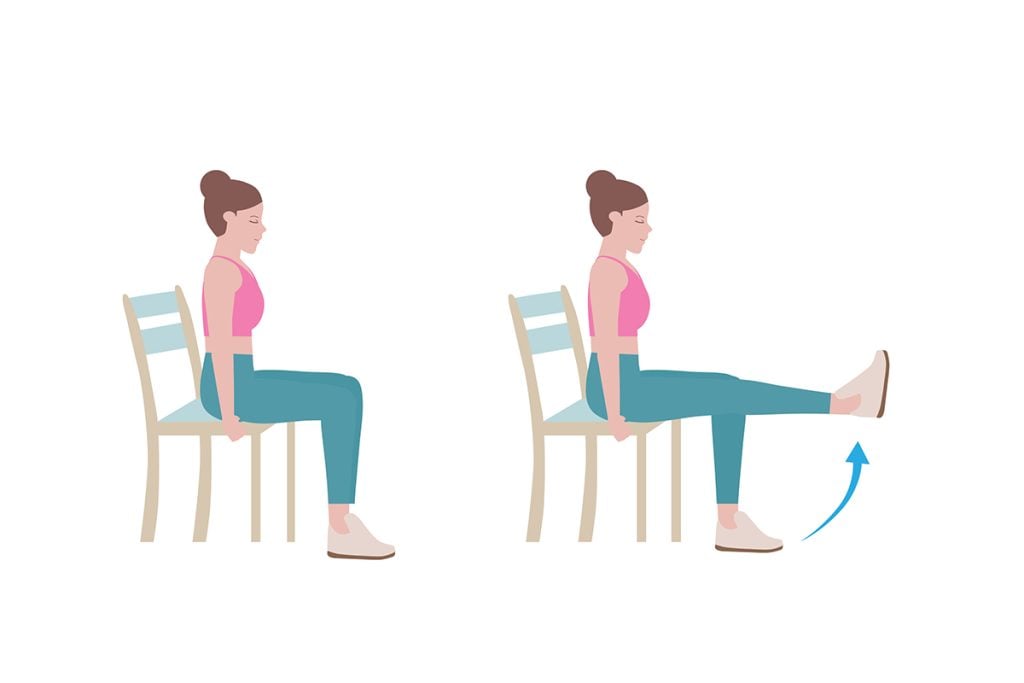
Sit in a sturdy chair with your back straight. Extend one leg straight out before you, hold it for a few seconds, and lower it. Alternate between legs to strengthen your lower abdominal muscles.
2. Standing Leg Raises
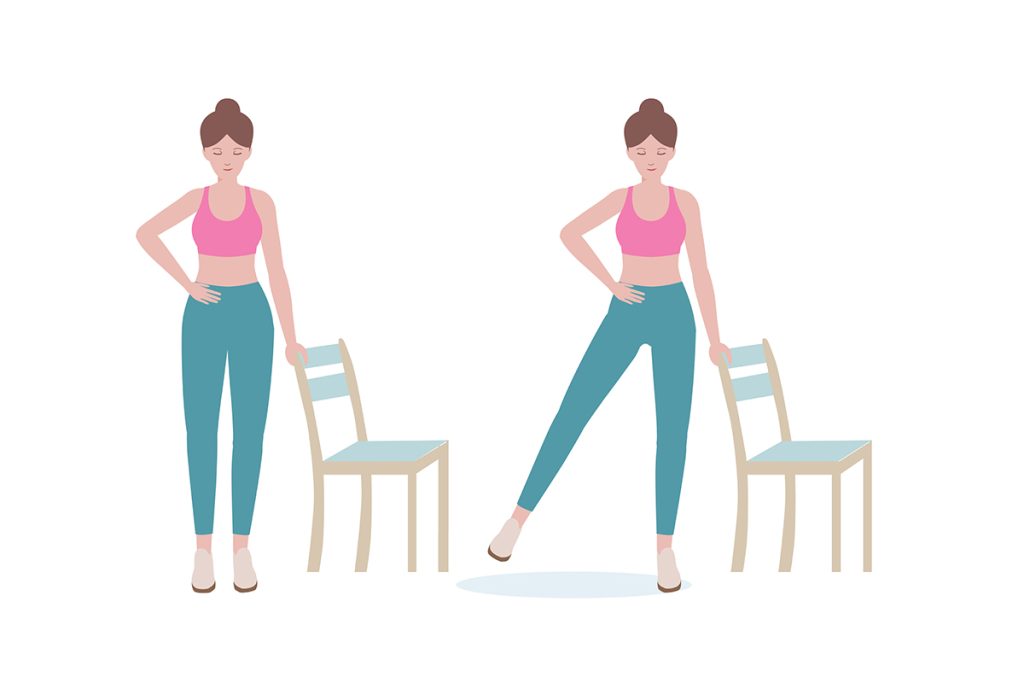
Stand behind a sturdy chair or countertop for support. Lift one leg straight out to the side, hold for a few seconds, and lower it. Switch to the other leg to improve hip and core stability.
3. Marching in Place
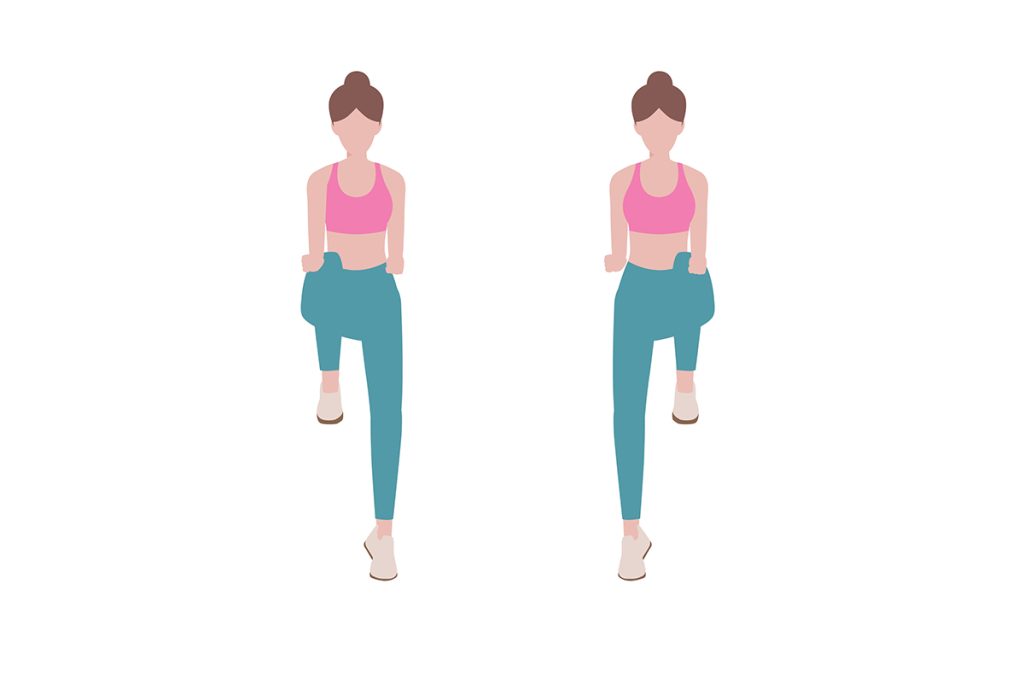
While standing or holding onto a chair, lift your knees one at a time as if you were marching in place. This movement activates your lower abdominal muscles and enhances balance.
4. Wall Planks
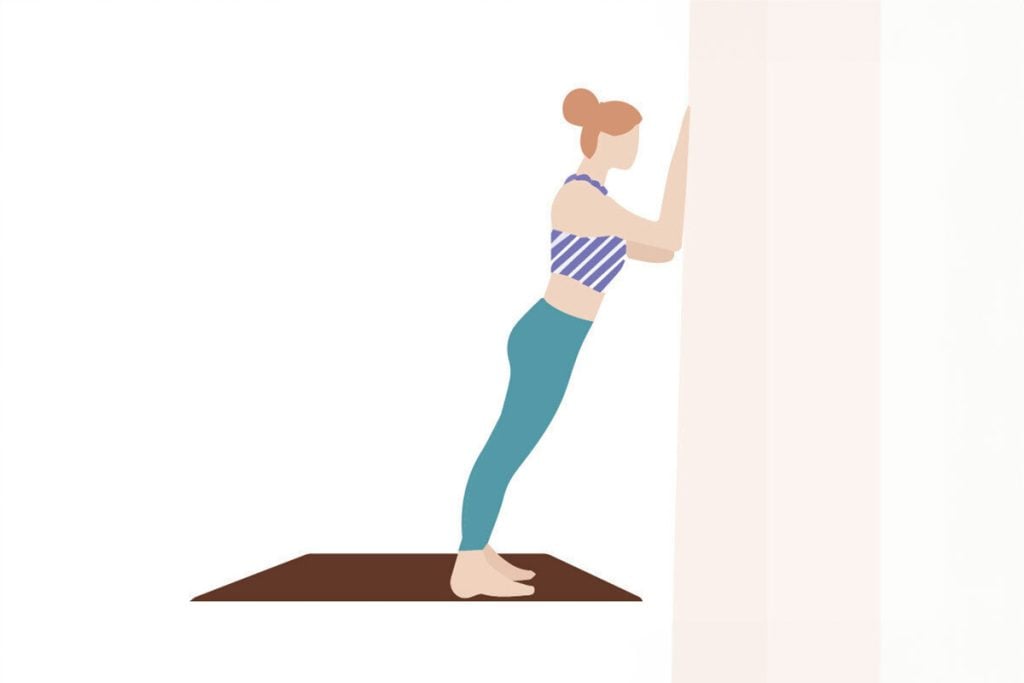
Face the wall and position your hands at shoulder height against it. Step back until your body is at a slight angle. Hold this position while engaging your core muscles. This gentle version of the traditional plank reduces pressure on the wrists and shoulders.
5. Seated Torso Twists
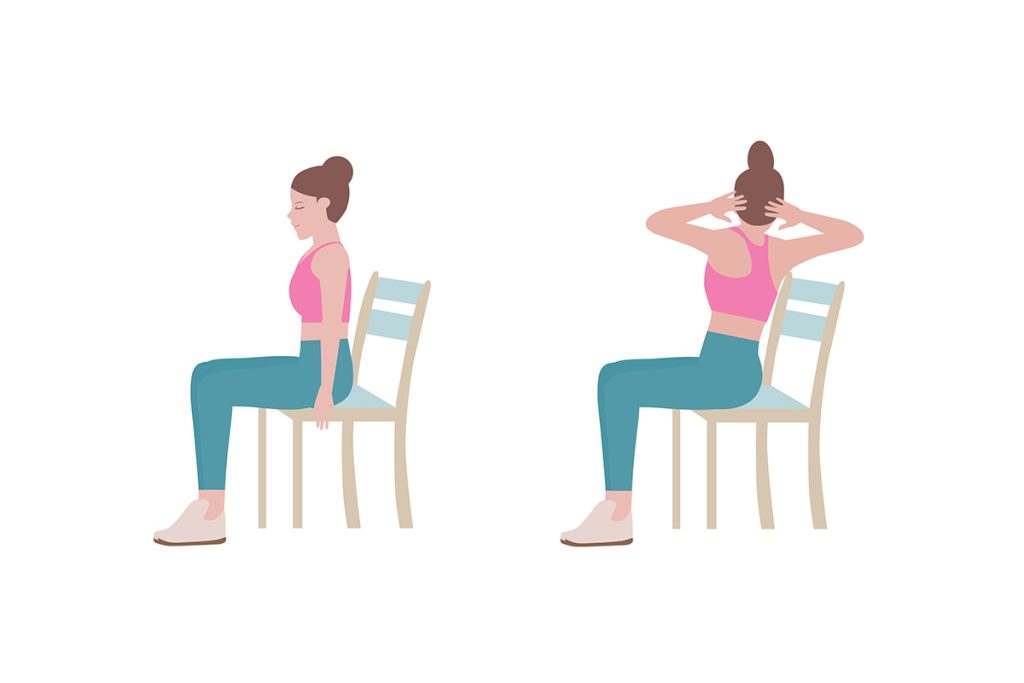
Sit in a chair with your feet flat on the floor. Twist your torso to one side, holding onto the backrest for support, and then twist to the other side. This exercise engages your obliques and improves spinal mobility.
Support Your Daily Workout Routine with Stonehenge Health Dynamic Turmeric

To enhance your daily exercise regimen, consider adding Stonehenge Health Dynamic Turmeric. This remarkable supplement contains a potent 1,650mg of Turmeric Powder and Curcumin Complex, Ginger Root Extract, and BioPerine® for optimized absorption and joint health support.*
Turmeric, a time-honored antioxidant, perfectly complements your healthy lifestyle choices. Incorporating Dynamic Turmeric into your routine can support joint comfort and improve your body’s ability to move freely and gracefully.*
Maintaining balance is the key to preserving your mobility and independence as you age, and a strong core is your pathway to achieving this goal. By incorporating core-strengthening exercises into your daily routine, paying attention to proper form, and embracing balance-enhancing activities, you can empower yourself to live a vibrant and active life for years to come. Remember that your journey toward better balance begins with small, consistent steps, and the benefits you’ll reap are well worth the effort.
* These statements have not been evaluated by the Food and Drug Administration. This product is not intended to diagnose, treat, cure or prevent any disease.















